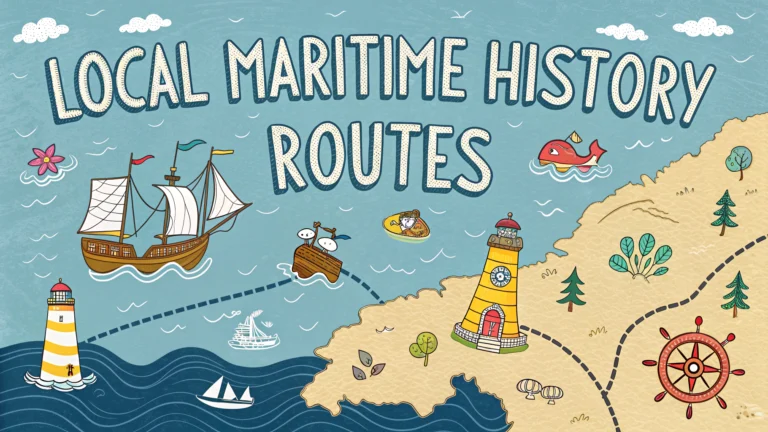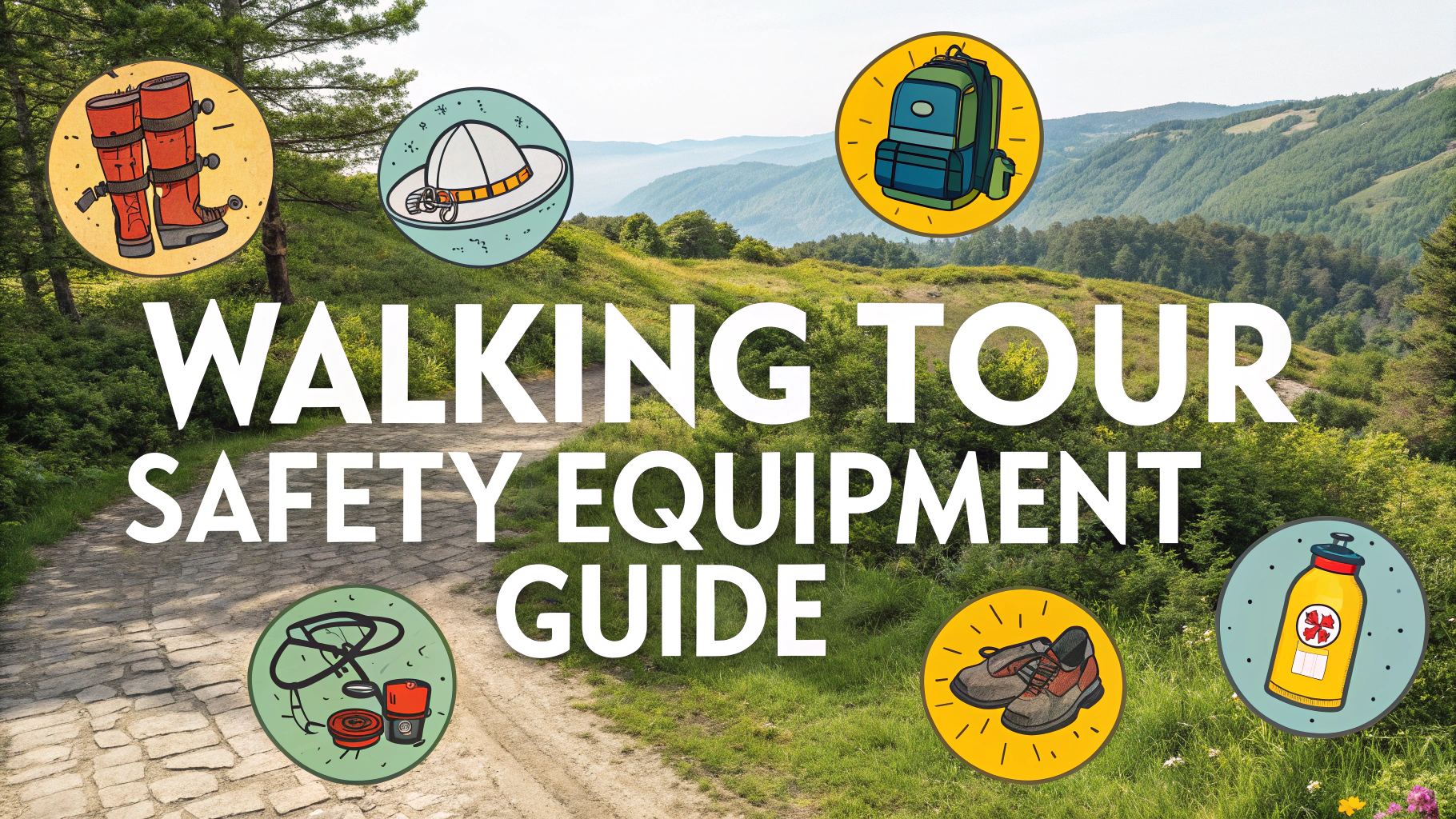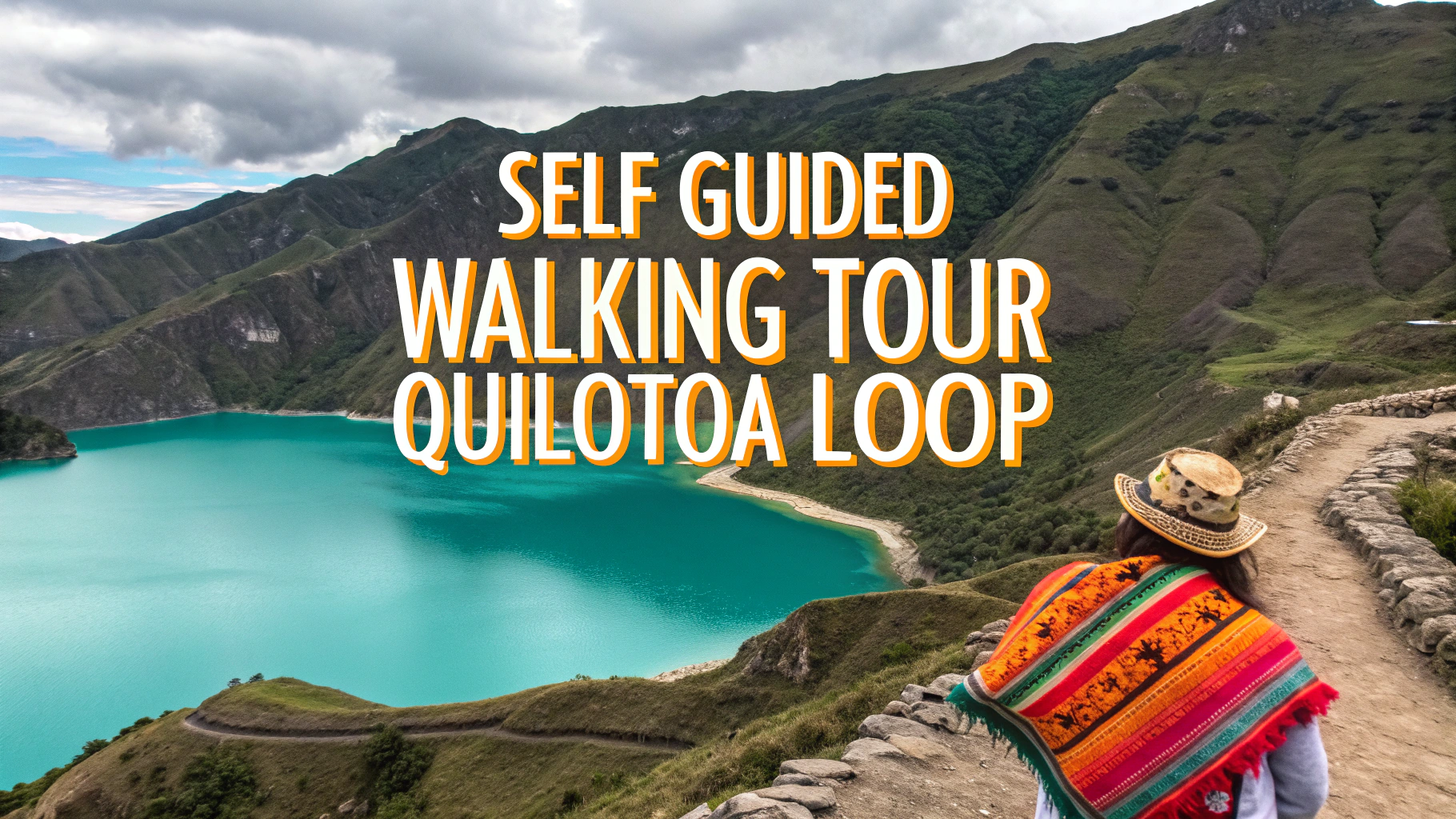Maritime history walking routes offer a fascinating way to explore coastal communities’ seafaring heritage while enjoying scenic waterfront views.
This self-guided walking tour guide highlights the most interesting maritime landmarks and historical sites along popular coastal routes.
Planning Your Maritime History Walk
- Check tide times and weather conditions before setting out
- Wear comfortable walking shoes suitable for varied terrain
- Bring a camera to document historical buildings and vessels
- Download offline maps or pick up printed guides from local visitor centers
- Allow 2-3 hours for most maritime heritage routes
Key Features to Look For
| Feature | Historical Significance |
|---|---|
| Historic Wharves | Former trading posts and fishing fleet bases |
| Lighthouses | Navigation aids and maritime safety history |
| Dockyards | Shipbuilding heritage and naval history |
| Warehouses | Maritime commerce and trade routes |
Photography Tips
- Morning light works best for harbor scenes
- Include people in shots for scale when photographing ships
- Capture architectural details of historic buildings
- Look for interesting angles of maritime artifacts
Safety Considerations
Always stay on marked paths and respect private property boundaries when exploring historic waterfronts.
Keep a safe distance from edge of wharves, especially during wet weather.
Check local visitor centers for updated route conditions and temporary closures.
Enhancing Your Experience
- Research local maritime museums along your route
- Join guided tours when available for expert commentary
- Visit during maritime festivals for additional activities
- Connect with local historical societies for deeper insights
Recommended Resources
- National Maritime Museum: www.rmg.co.uk
- Local Port Authority websites for specific harbor histories
- Regional tourist information centers
- Maritime heritage preservation groups
Best Times to Visit
- Spring and fall offer comfortable walking weather
- Early morning for fewer crowds
- Weekdays for easier access to historic sites
- During low tide for better views of harbor features
Popular Maritime Routes
- Historic Harbor Loop – 2.5 miles
- Lighthouse Trail – 3 miles
- Shipyard Heritage Walk – 1.8 miles
- Fishermen’s Wharf Circuit – 2 miles
Seasonal Highlights
Summer
- Tall ships festivals
- Harbor boat tours
- Maritime reenactments
Winter
- Storm watching
- Indoor maritime museums
- Historic tavern tours
Maritime Heritage Preservation
Supporting local maritime preservation efforts helps maintain these historic routes for future generations. Consider joining preservation societies or contributing to restoration projects.
Environmental Awareness
- Follow Leave No Trace principles
- Report damage to historic structures
- Support sustainable harbor practices
- Participate in coastal cleanup events
Conclusion
Maritime history walks provide unique insights into coastal communities’ rich heritage while offering engaging outdoor activities. Proper preparation and respect for historical sites ensure meaningful experiences that connect past with present.
Remember to share your discoveries responsibly on social media using local heritage hashtags to promote maritime history awareness and preservation efforts.
FAQs
- What is the typical duration of a local maritime history walking tour?
Most self-guided maritime history routes take 2-3 hours to complete, though visitors can adjust the pace according to their preferences and time available. - What should I bring on a maritime history walking tour?
Comfortable walking shoes, weather-appropriate clothing, water, a camera, and a printed or digital map of the route. A mobile device for accessing historical information and navigation is also recommended. - Are maritime history walking routes accessible year-round?
Yes, most maritime heritage routes are accessible throughout the year, though some coastal paths may be affected by severe weather conditions or high tides. - What historical features can I expect to see on maritime history routes?
Historic harbors, lighthouses, dock facilities, shipyards, customs houses, maritime museums, sailors’ churches, historic warehouses, and navigation markers. - How can I obtain maps and guides for maritime history walks?
Local tourist information centers, maritime museums, historical societies, and municipal websites typically provide free maps and guides for self-guided maritime tours. - Are these walking routes suitable for children?
Most maritime history routes are family-friendly and educational, featuring points of interest that appeal to all ages, such as old ships, harbor activities, and maritime artifacts. - What is the best time of day to take a maritime history walk?
Early morning or late afternoon offers optimal lighting for photography and typically less crowded conditions. Some historic sites may have specific operating hours. - Do these routes connect with other historical trails?
Many maritime history routes intersect with other historical walking trails, including industrial heritage paths, colonial history routes, and general city history walks. - Are there guided options available for maritime history routes?
While these are self-guided routes, many local historical societies and maritime museums offer scheduled guided tours that follow similar paths with expert commentary. - How frequently are maritime history walking routes updated?
Routes are typically reviewed and updated annually to reflect any changes in access, safety considerations, or the addition of new historical points of interest.








